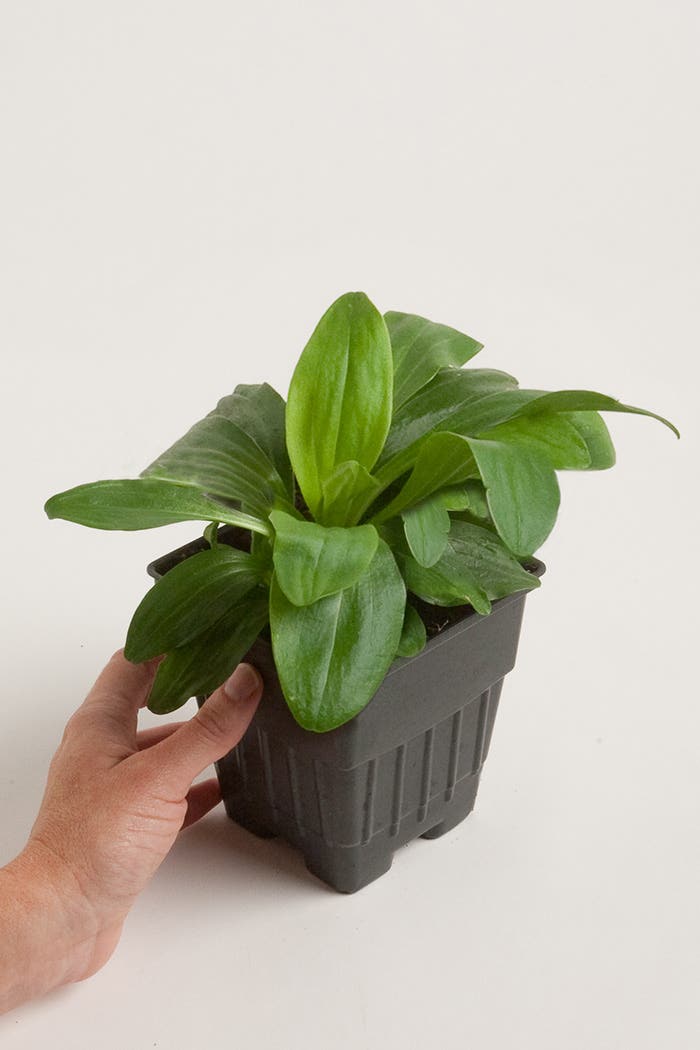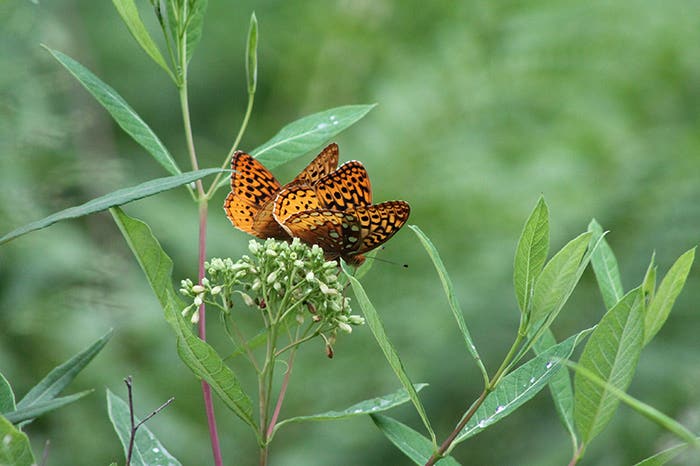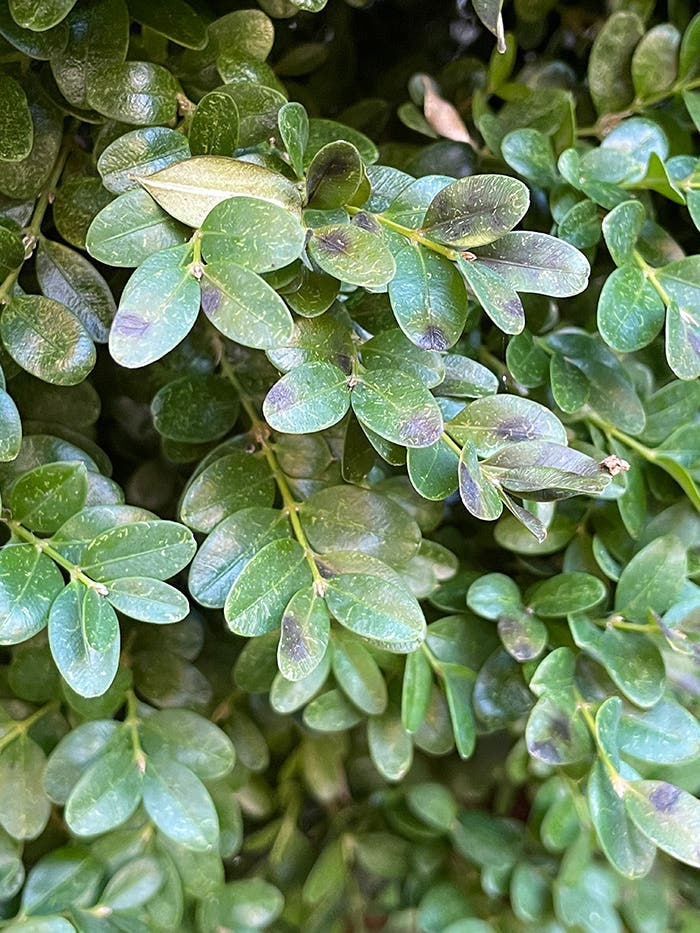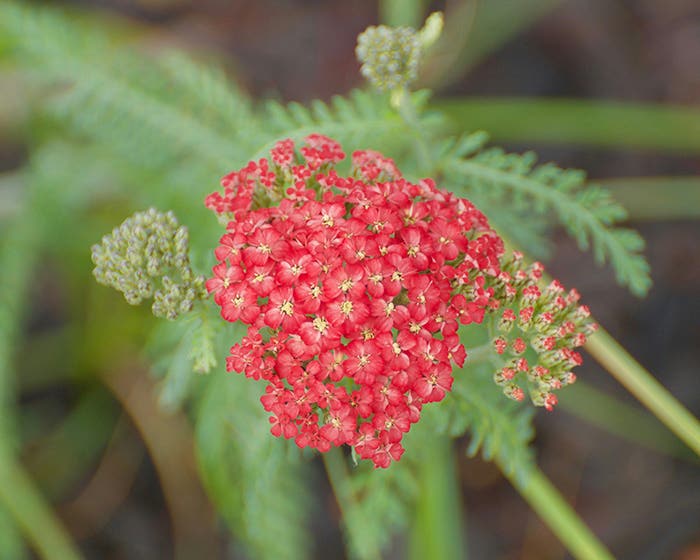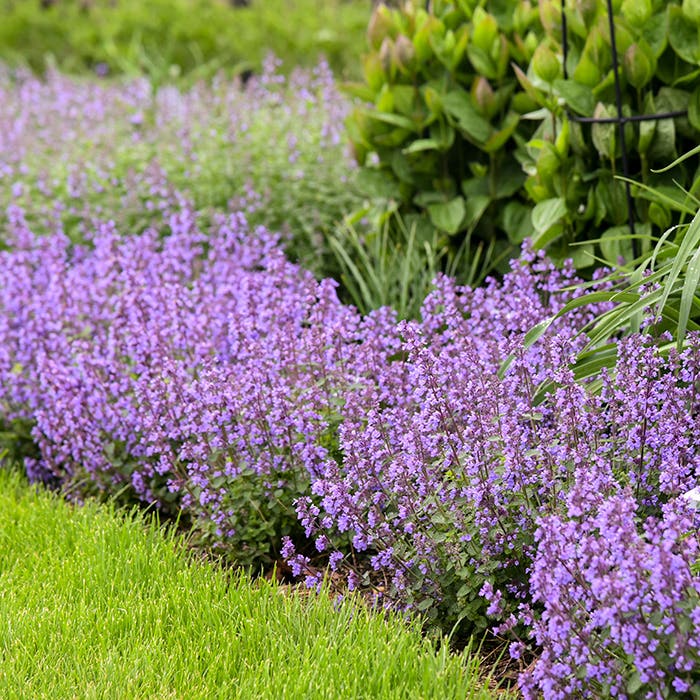As an Amazon affiliate, we earn from qualifying purchases made through affiliate links.
Our trees need care to prepare for colder months.
"While your trees seem to be in a state of hibernation in the winter, exposure to the tough conditions can cause them major stress," said Jim Skiera, a past Executive Director of the International Society of Arboriculture (ISA). "Minimize stress by helping your trees through the cold months, a little at a time. If you take care of your trees in the winter, you'll be rewarded in the spring."
ISA recommends the following tips for preparing trees for colder weather:
Rely on mulch. Put composted organic mulch under your tree in the fall or early winter to help retain water and reduce temperature extremes in the soil. A thin layer of mulch will act like a blanket and give the tree's roots a little extra protection.
Give your trees a drink. Winter droughts require watering as much as summer droughts. If temperatures permit, an occasional watering during the winter on young trees can be a lifesaver. But be sure to water when soil and trees are cool but not frozen.
Prevent injuries. Branch breakage or splitting can be caused by ice and snow accumulation or chewing and rubbing by animals. You may prevent problems with young trees by wrapping their base in a hard, plastic guard or a metal hardware cloth. Wrapping trees with burlap or plastic cloth can prevent temperature-related damage. However, it is important to remember to remove the wraps and guards in the spring to prevent damage when the tree begins to grow. Other harm can be caused when you're plowing or shoveling snow. Be mindful of trees nearby. Injuries to limbs and trunks from plow blades or a sharp shovel can be detrimental to trees.
Prune your trees. Late fall is a good time to prune your trees. Not only are trees dormant in the colder months, but it is also easier to see a tree's structure when there are no leaves on the branches.
"Proper pruning is vital to the health of trees and plants, in part because it helps relieve stress on trees and keeps them growing," said Skiera. "Just be aware that each tree is different, and pruning at the wrong time or the wrong way can injure a tree making it more susceptible."
Plant more! Since autumn is the time of year for colorful, falling leaves, many people do not realize that it is also a prime time to plant new trees. After cooler weather has set in, conditions are perfect for stimulating root growth in new trees. Once roots are established throughout the fall and dormancy of winter, spring showers and summer warmth encourage new top growth. Fall is the optimum time to plant balled and burlapped trees and shrubs. All bare-root plants should be planted later in the season, when they are completely dormant.
Content provided by the International Society of Arboriculture, a non-profit organization dedicated to tree-care research and education.
Fabulous books for tree lovers:
In Sprout Lands, New York arborist and educator William Bryant Logan offers essays that examine how trees have supported human beings throughout history. This book is a combination of history and practical advice that enhances one's appreciation of trees.
Delve into the society of the forest with Peter Wohlleben's beloved The Hidden Life of Trees, which explains how trees support and even communicate with each other. Can You Hear the Trees Talking is a lovely version that Wohlleben created for children.
The Tree Care Primer shows how to assess the health of garden trees and care for them to ensure their longterm success.


